Scientists in China have created a nanogenerator that can generate wind energy created by a person on a brisk walk.
Category: nanotechnology – Page 245
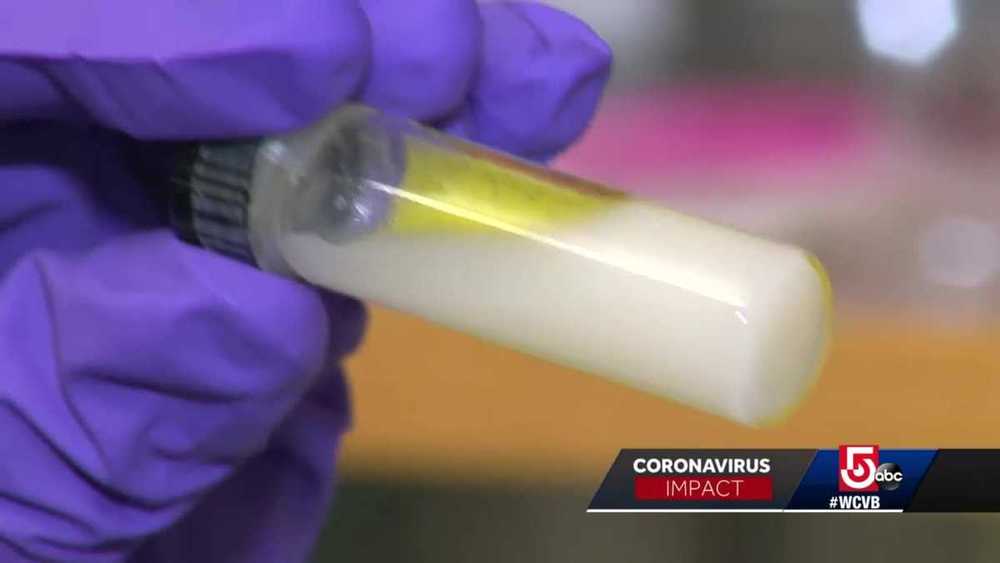
Mass. university studying nanotechnology to help curb COVID-19 spread
A group of scientists at Northeastern University are making progress using nanotechnology to prevent, diagnose and fight the coronavirus.
Thomas Webster, professor of chemical engineering at Northeastern University, has been working with nanotechnology for decades. Now, he and his team are finding new applications with the coronavirus.
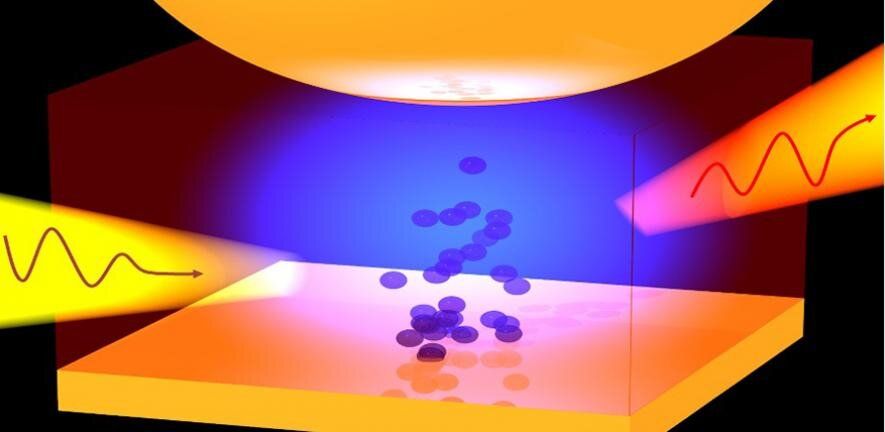
Squeezing light inside memory devices could help improve performance
Researchers have developed a method to ‘squeeze’ visible light in order to see inside tiny memory devices. The technique will allow researchers to probe how these devices break down and how their performance can be improved for a range of applications.
The team, led by the University of Cambridge, used the technique to investigate the materials used in random access memories, while in operation. The results, reported in the journal Nature Electronics, will allow detailed study of these materials, which are used in memory devices.
The ability to understand how structural changes characterize the function of these materials, which are used for low-power, ultra-responsive devices called memristors, is important to improve their performance. However, looking inside the 3D nanoscale devices is difficult using traditional techniques.
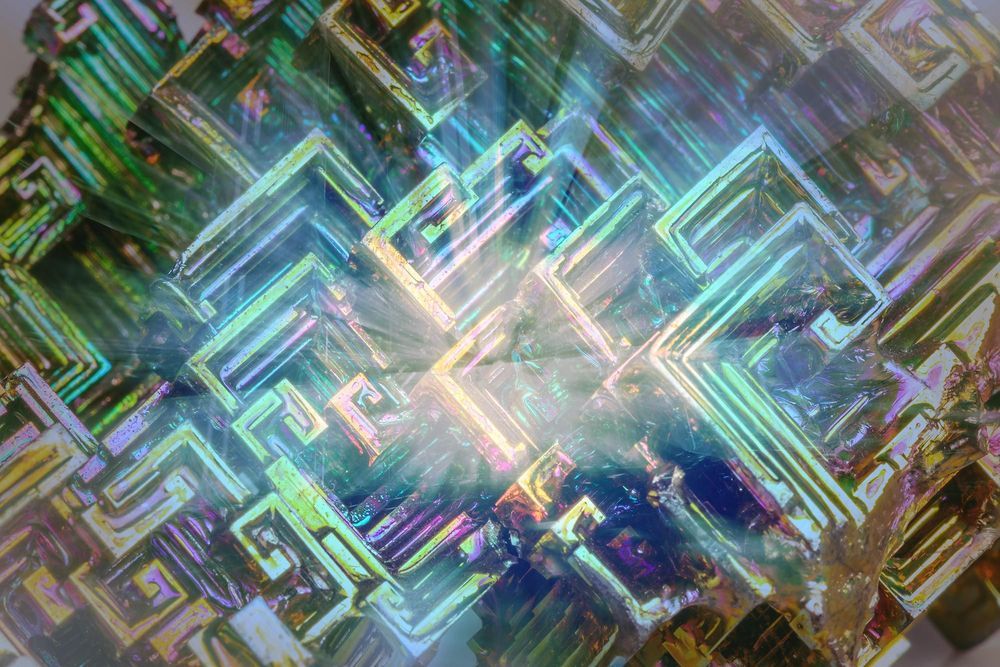
5 Billion of These Super-Strong Magnetic Supercrystals Can Fit on a Pinhead
Could make awesome computers.
Materials scientists who work with nano-sized components have developed ways of working with their vanishingly small materials. But what if you could get your components to assemble themselves into different structures without actually handling them at all?
Verner Håkonsen works with cubes so tiny that nearly 5 billion of them could fit on a pinhead.
He cooks up the cubes in the NTNU NanoLab, in a weird-looking glass flask with three necks on the top using a mixture of chemicals and special soap.

New virtual reality software allows scientists to ‘walk’ inside cells
Virtual reality software which allows researchers to ‘walk’ inside and analyse individual cells could be used to understand fundamental problems in biology and develop new treatments for disease.
The software, called vLUME, was created by scientists at the University of Cambridge and 3D image analysis software company Lume VR Ltd. It allows super-resolution microscopy data to be visualised and analysed in virtual reality, and can be used to study everything from individual proteins to entire cells. Details are published in the journal Nature Methods.
Super-resolution microscopy, which was awarded the Nobel Prize for Chemistry in 2014, makes it possible to obtain images at the nanoscale by using clever tricks of physics to get around the limits imposed by light diffraction. This has allowed researchers to observe molecular processes as they happen. However, a problem has been the lack of ways to visualise and analyse this data in three dimensions.
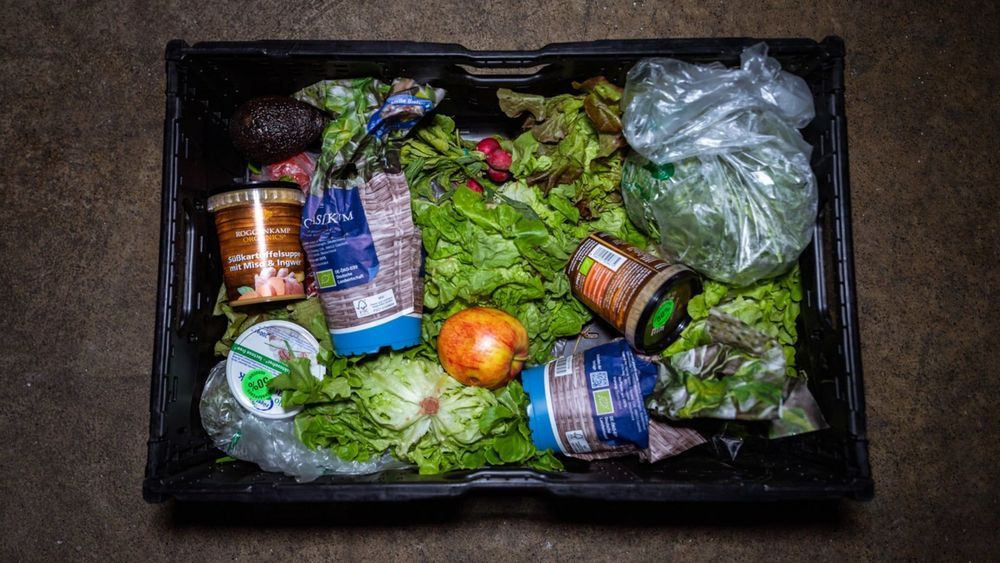
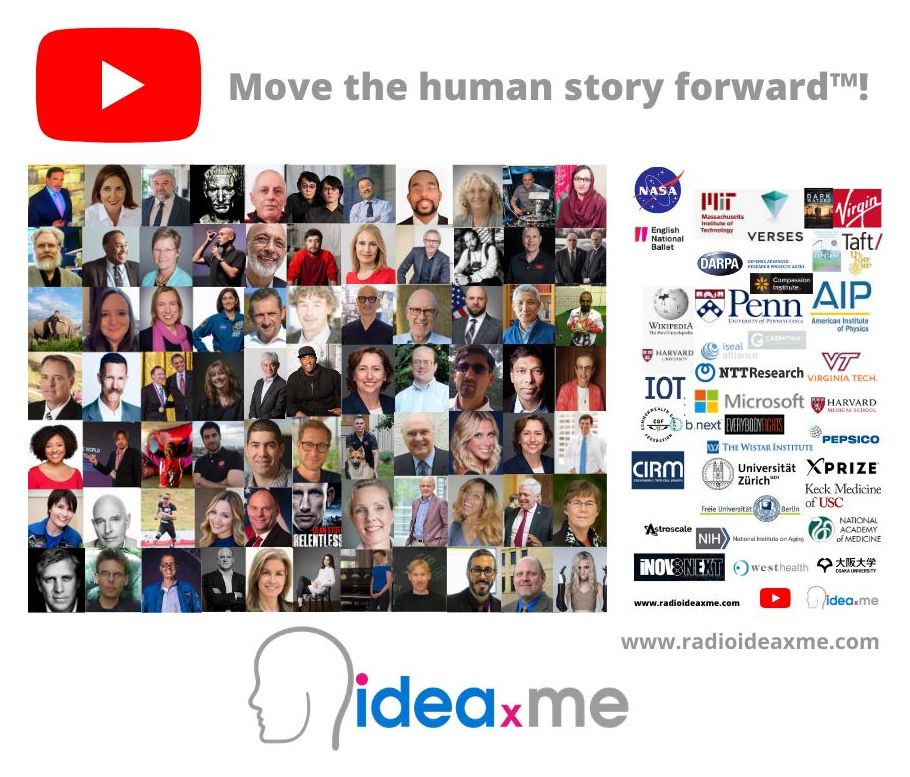
Let’s debate the future!
— 300 interviews with the people who shape our world, in 40 countries and on 12 platforms.
Recognise yourself? If so, please RT!
#movethehumanstoryforward #science #arts #culture #music #technology #artificialintelligence #nanotech #quantumphysics #space #blockchain #ideaXme
Nanobots kill off cancerous tumours as fiction becomes reality
Circa 2018
Researchers inject tiny devices into the bloodstream to deliver drugs with precision.
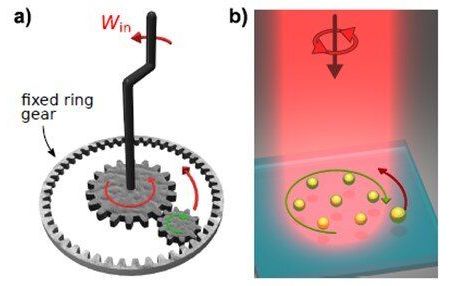
Nanoscale machines convert light into work
“In previous work, the researchers discovered that when optical matter is exposed to circularly polarized light, it rotates as a rigid body in the direction opposite the polarization rotation. In other words, when the incident light rotates one way the optical matter array responds by spinning the other. This is a manifestation of “negative torque”. The researchers speculated that a machine could be developed based on this new phenomenon.
In the new work, the researchers created an optical matter machine that operates much like a mechanical machine based on interlocking gears. In such machines, when one gear is turned, a smaller interlocking gear will spin in the opposite direction. The optical matter machine uses circularly polarized light from a laser to create a nanoparticle array that acts like the larger gear by spinning in the optical field. This “optical matter gear” converts the circularly polarized light into orbital, or angular, momentum that influences a nearby probe particle to orbit the nanoparticle array (the gear) in the opposite direction.”
Researchers have developed a tiny new machine that converts laser light into work. These optically powered machines self-assemble and could be used for nanoscale manipulation of tiny cargo for applications such as nanofluidics and particle sorting.
“Our work addresses a long-standing goal in the nanoscience community to create self-assembling nanoscale machines that can perform work in conventional environments such as room temperature liquids,” said research team leader Norbert F. Scherer from the University of Chicago.
Scherer and colleagues describe the new nanomachines in Optica. The machines are based on a type of matter known as optical matter in which metal nanoparticles are held together by light rather than the chemical bonds that hold together the atoms that make up typical matter.

Optical Matter Machine: Nanoscale Machines Convert Light Into Work
Based on optical matter, new machines could be used to move and manipulate tiny particles.
Researchers have developed a tiny new machine that converts laser light into work. These optically powered machines self-assemble and could be used for nanoscale manipulation of tiny cargo for applications such as nanofluidics and particle sorting.
“Our work addresses a long-standing goal in the nanoscience community to create self-assembling nanoscale machines that can perform work in conventional environments such as room temperature liquids,” said research team leader Norbert F. Scherer from the University of Chicago.